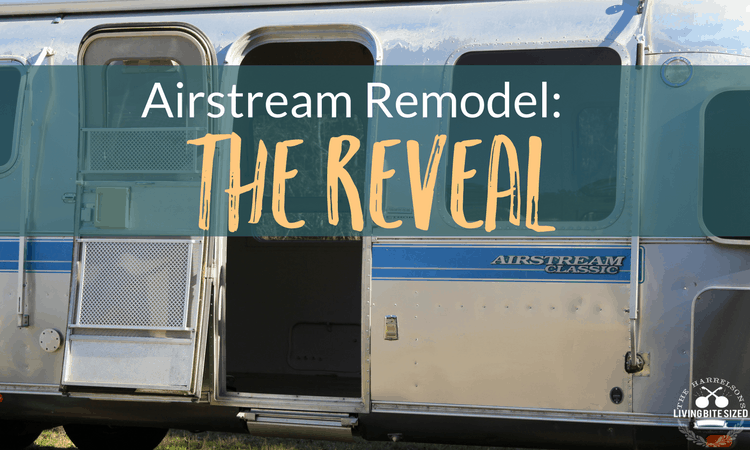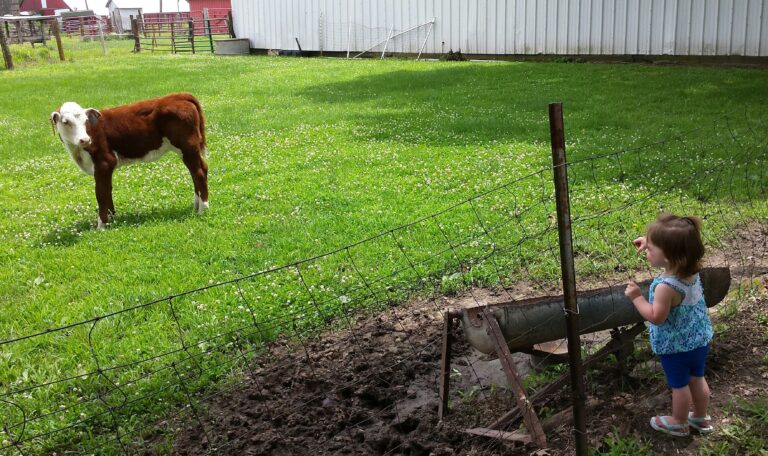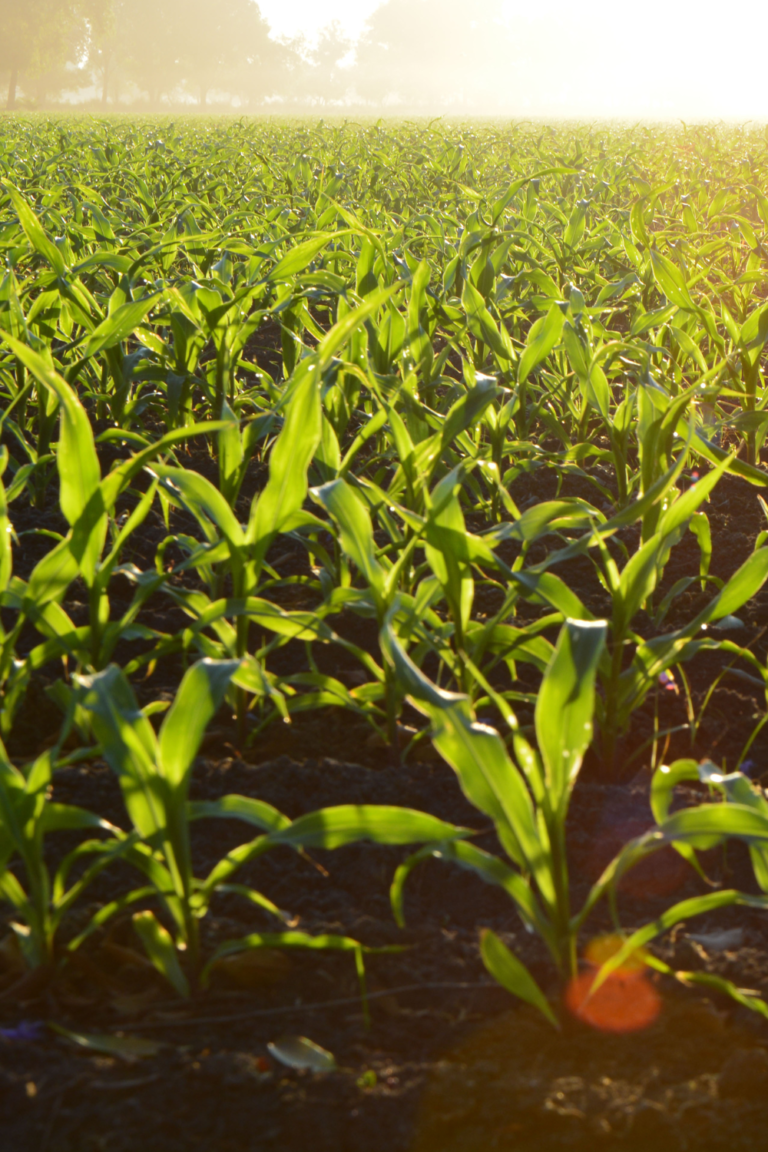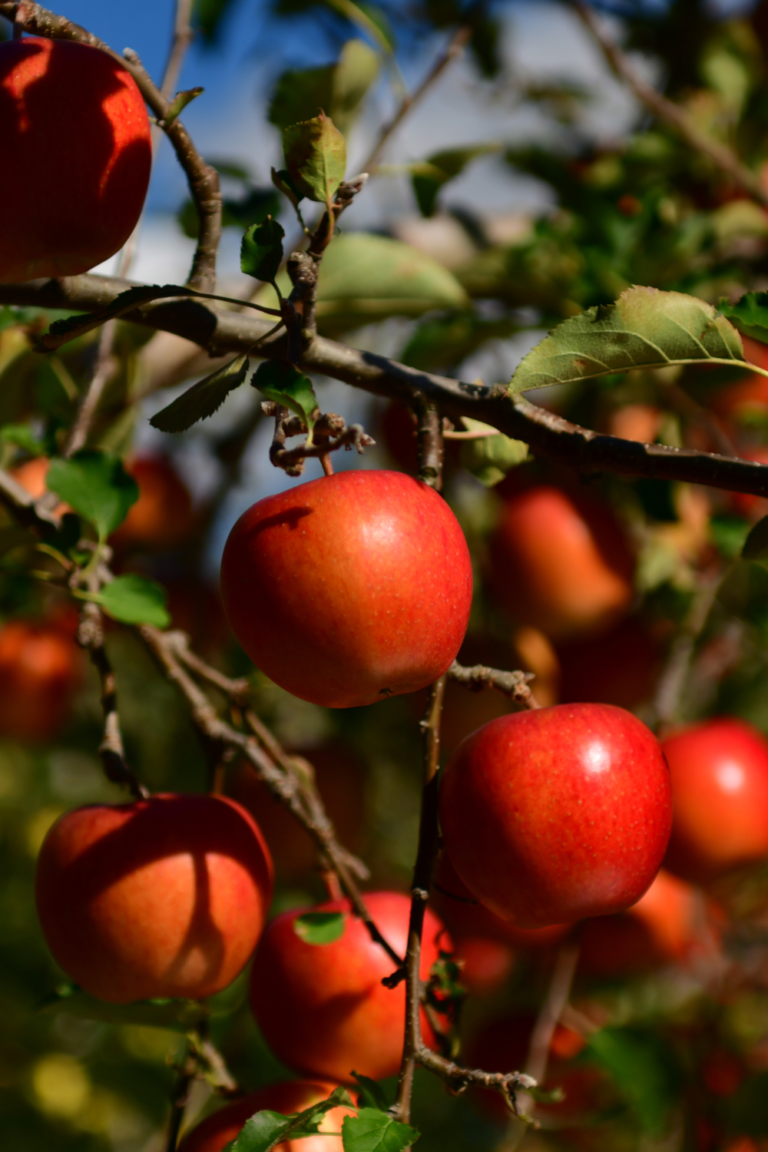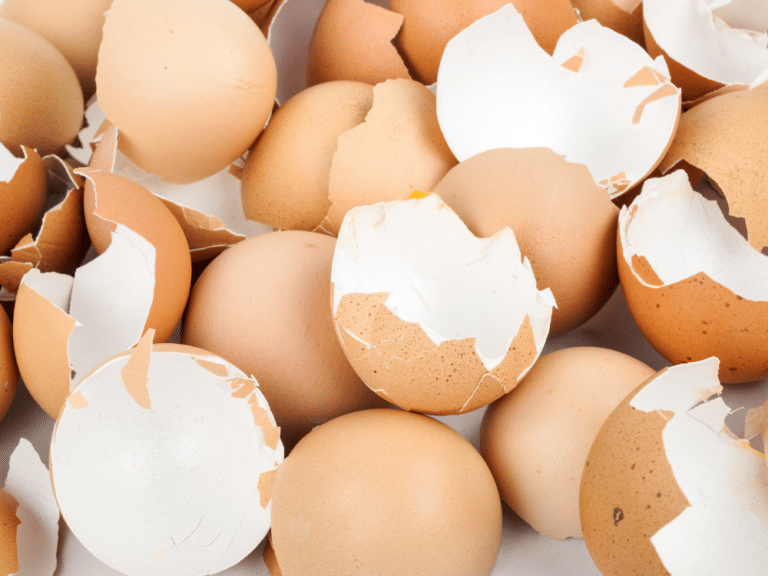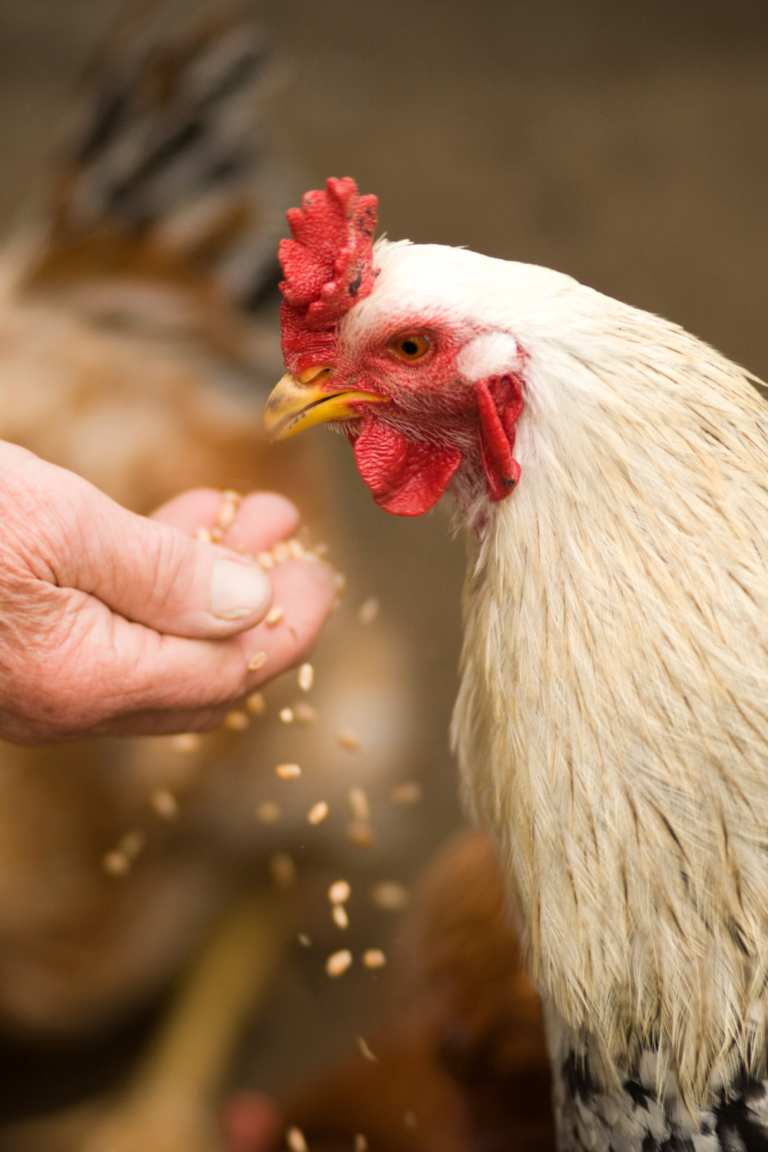What Is Homesteading?
This post may contain affiliate links. Read the full disclosure here.
These days, more and more people are interested in working with their hands to provide for their own needs. Many want to turn to a more holistic lifestyle and interact more closely with the land. The word “homesteading” is a popular term, but what exactly is homesteading, anyway?
What does “homestead” mean?
In its most basic form, a homestead is a dwelling and its land where a family makes its home. Homesteads come in many shapes and sizes. They look different for different families and in different locations. However, most all have a similar focus.
Modern-day homesteading generally focuses on natural, sustainable living. Homesteaders tend to aim for increasing self-sufficiency. They value producing much of their own food and goods at home. Therefore, they generally work closely with the land.
You don’t have to have acres and acres of land to be a homesteader, though. Even in an urban apartment, you can apply some homesteading basics. If you put your mind to it, you can provide for some of your own basic needs with your hands and the resources in front of you.
What is homesteading and how does it work?
Homesteading can range from producing a little bit of your own food to being nearly self-sufficient. Generally, those who want to homestead will work toward a life of relying mostly on themselves and their land to provide for everyday needs, from food to clothing to electricity.
These days, more and more people want to be connected to their home, food, and clothes. Many are looking to transition to a lifestyle that includes working with their hands more.
Why is it called a homestead?
Homesteading traces back to the Homestead Act of 1862. The Homestead Act was put in place by Abraham Lincoln. This important piece of historic legislation was a means of distributing public land to Americans. 10% of American land (270 million acres) was distributed and settled to Americans under the Homestead Act.
Land was distributed quickly through homestead claims across the country, with prime land being claimed first. After the 1930s, homestead claims dropped significantly. However, the Homestead Act stayed in effect until 1976 (1986 in Alaska).
While modern-day homesteads look different than they did in the 1800s and 1900s, the central tenants are still similar. Homesteaders are still seeking to provide for themselves using the property they own.
How do you start a homestead?
Starting a homestead will look different depending on your resources and your goals. Many people who want to begin homesteading start with simple projects, such as small animals and basic food preservation. Others focus on different aspects of holistic homesteading, such as home remedies for both humans and livestock. Still others capitalize on activities such as homeschooling their children.
Here are some simple, first steps that many people take to get started with homesteading. Most of these don’t require much space or investment. If you want to gradually enter the world of homesteading, you can choose one or two aspects of the homestead life to start, and then grow from there!
- Chickens (meat birds or layers)
- Gardening – large-scale or small-scale
- Freezing, canning, and dehydrating food
- Honeybees
- Sewing, knitting, or weaving
- Composting
- Using herbs for both cooking and medicine
Those who are further into the world of homesteading generally invest in land and work to provide for more of their own basic needs. Here are some examples of homesteading on a larger scale.
- Raising larger livestock for meat or milk (such as cows, pigs, sheep, and goats)
- Hunting
- Woodworking
- Welding
- Cheese-making
- Large-scale gardening and food preservation
- Solar energy
What are the basics of homesteading?
As we’ve discussed, homesteading can differ from family to family. However, when someone finds out that you homestead, there are some general assumptions they tend to make. The most basic tenants of homesteading include growing and preserving food, from-scratch cooking, and raising animals. Other popular aspects of homesteading include herbal medicine, hunting, and alternate energy usage.
What is the difference between farming and homesteading?
While farming and homesteading can sometimes be confused in people’s minds, they are actually quite different. While homesteading generally focuses on providing basic needs for an individual or family, farming focuses mostly on selling food to others.
Homesteading is typically done on a smaller scale than farming. This is because homesteaders are mainly focused on providing for the needs of only a few people. Conversely, farmers raise large amounts of crops and/or animals in order to sell to consumers.
Lastly, while many farmers have holistic tendencies, homesteaders generally have an even more holistic view of nature and using the land.
What is the difference between self-sufficient living and homesteading?
Many homesteaders love the idea of being self-sufficient. In fact, many have goals to work their way toward total self-sufficiency. However, true self-sufficient living is a bit more intense than simply homesteading. Complete self-sufficient living means not relying on any outside help for basic needs.
Self-sufficiency requires having enough land to support all of the needs of your family and your animals. It means living off-grid – providing everything for yourself from water to electricity.
Though many homesteaders have one foot in the self-sufficient lifestyle, most are not completely self-sufficient. A large number of homesteaders still rely on outside goods such as food, electricity, clothing, and other services that are available to those living near towns and cities.
Where will you start your homestead journey?
Are you ready to start homesteading? Follow along with us as we dive into the world of homesteading! What aspects of homesteading interest you the most?
READ NEXT: How To Start Homesteading

See our Airstream Remodel Reveal here!

